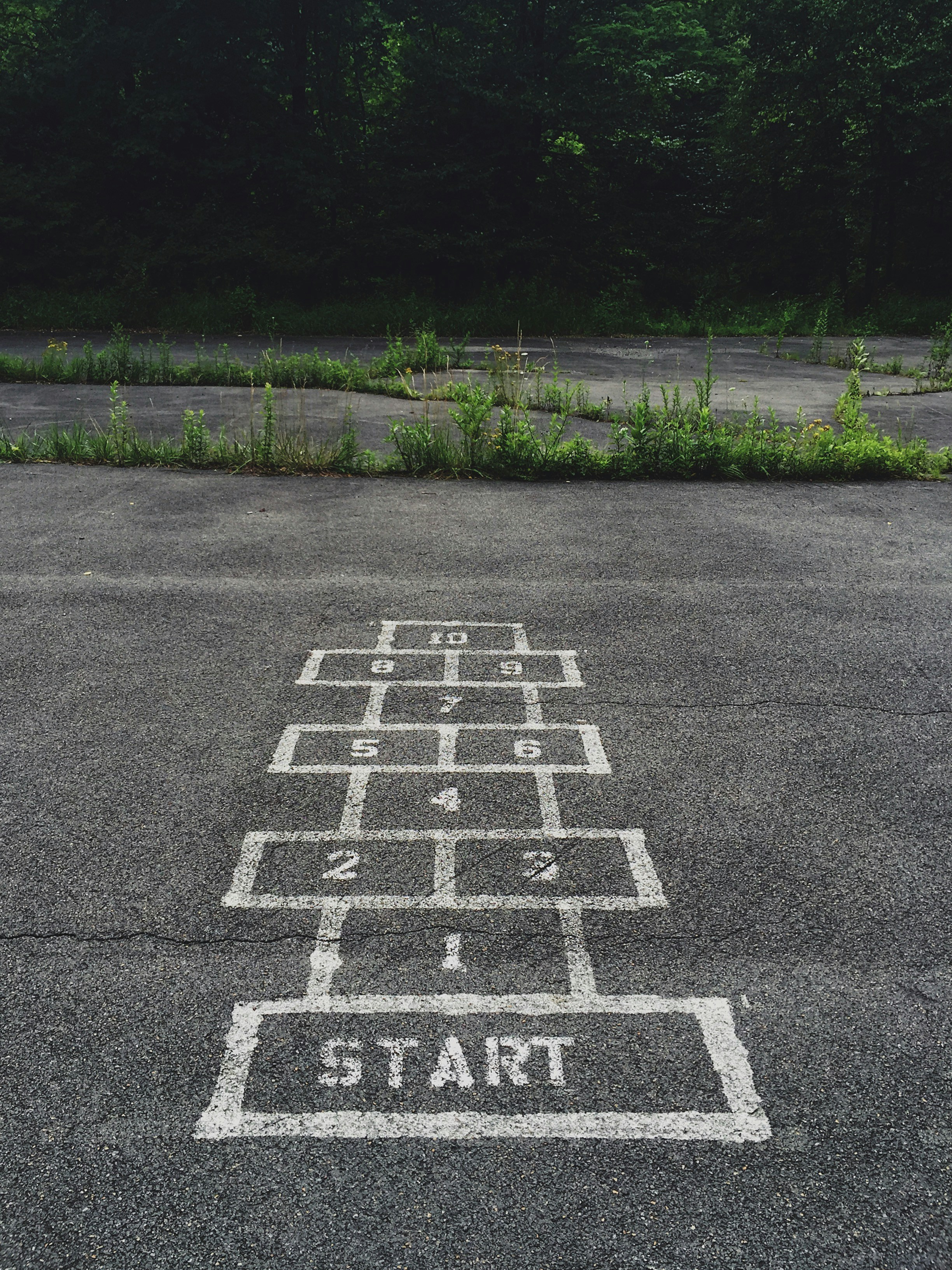
付費限定
一魚多吃 用找零錢II的DP模型來解 Combination Sum_Leetcode #39
更新 發佈閱讀 7 分鐘

以行動支持創作者!付費即可解鎖
本篇內容共 3115 字、1
則留言,僅發佈於DP動態規劃 特訓班你目前無法檢視以下內容,可能因為尚未登入,或沒有該房間的查看權限。
留言
小松鼠的演算法樂園
97會員
428內容數
由有業界實戰經驗的演算法工程師,
手把手教你建立解題的框架,
一步步寫出高效、清晰易懂的解題答案。
著重在讓讀者啟發思考、理解演算法,熟悉常見的演算法模板。
深入淺出地介紹題目背後所使用的演算法意義,融會貫通演算法與資料結構的應用。
在幾個經典的題目融入一道題目的多種解法,或者同一招解不同的題目,擴展廣度,並加深印象。
小松鼠的演算法樂園的其他內容
2024/09/13
給定一個整數陣列arr,和一串區間XOR請求queries。
請計算queries所請求的區間XOR值,並且以陣列的形式返回答案。

2024/09/13
給定一個整數陣列arr,和一串區間XOR請求queries。
請計算queries所請求的區間XOR值,並且以陣列的形式返回答案。

2024/08/27
Path with Maximum Probability
題目給定一個無向圖(雙向移動皆可),
提供每條邊的起終點,和每條邊對應的通過時的成功機率。
請問從起點start走到終點end的最高成功機率是多少?
如果完全沒有路徑可以抵達,則返回0。

2024/08/27
Path with Maximum Probability
題目給定一個無向圖(雙向移動皆可),
提供每條邊的起終點,和每條邊對應的通過時的成功機率。
請問從起點start走到終點end的最高成功機率是多少?
如果完全沒有路徑可以抵達,則返回0。

2024/08/21
題目敘述 664. Strange Printer
有一台奇怪的印表機,
每次操作只能連續印同樣的字母,但是列印的長度可以自由控制。
而且,印刷的時候,可以蓋過去舊的字元。
(這邊當然不合常理,讀者可以理解成塗了立可帶再蓋過去的情境)
給定一個輸入字串s,請問最少需要幾次操作,才能印出字串s?

2024/08/21
題目敘述 664. Strange Printer
有一台奇怪的印表機,
每次操作只能連續印同樣的字母,但是列印的長度可以自由控制。
而且,印刷的時候,可以蓋過去舊的字元。
(這邊當然不合常理,讀者可以理解成塗了立可帶再蓋過去的情境)
給定一個輸入字串s,請問最少需要幾次操作,才能印出字串s?

你可能也想看
















最近 vocus 開放了一個新福利:考績優異的同事,可以申請遠端工作,公司還直接送一張機票。消息一出,全公司瞬間進入「旅遊準備模式🏖️」:
有人半夜在比價住宿,打開十幾個分頁算平均一晚到底要不要超過 2,000;
有人打開影片看「__城市一日生活費實測」;
也有人開始打開試算表,冷靜的敲著計

最近 vocus 開放了一個新福利:考績優異的同事,可以申請遠端工作,公司還直接送一張機票。消息一出,全公司瞬間進入「旅遊準備模式🏖️」:
有人半夜在比價住宿,打開十幾個分頁算平均一晚到底要不要超過 2,000;
有人打開影片看「__城市一日生活費實測」;
也有人開始打開試算表,冷靜的敲著計

題目敘述 Combination Sum II_Leetcode #40
給定一個整數陣列candidates 和 目標值target。
每個陣列元素只能選擇一次,請問有多少種組合方法,可以使得組合數總和 = target?
請把滿足組合數總和 = target的組合方法以陣列的形式返回答案

題目敘述 Combination Sum II_Leetcode #40
給定一個整數陣列candidates 和 目標值target。
每個陣列元素只能選擇一次,請問有多少種組合方法,可以使得組合數總和 = target?
請把滿足組合數總和 = target的組合方法以陣列的形式返回答案

題目敘述 Solving Questions With Brainpower
給定一個測驗題陣列,每個欄位都是一個pair,
分別記錄測驗題做完可以得到的分數,和需要的冷卻時間
(也就是會有一段時間不能作答接下來的題目)。
請問在最佳的答題策略下,最多可以獲得多少分數?

題目敘述 Solving Questions With Brainpower
給定一個測驗題陣列,每個欄位都是一個pair,
分別記錄測驗題做完可以得到的分數,和需要的冷卻時間
(也就是會有一段時間不能作答接下來的題目)。
請問在最佳的答題策略下,最多可以獲得多少分數?

題目敘述 Combination Sum IV
給定一個輸入陣列nums,和目標值target,從nums裡面挑數字去湊出總和 = target,數字可以重複挑選。
請問有多少排列數可以湊出target?
註: 排列數的意思就是位置不同代表兩種不同的方法數。

題目敘述 Combination Sum IV
給定一個輸入陣列nums,和目標值target,從nums裡面挑數字去湊出總和 = target,數字可以重複挑選。
請問有多少排列數可以湊出target?
註: 排列數的意思就是位置不同代表兩種不同的方法數。

子集合生成是一道經典的組合類上機考和面試題目。本篇文章介紹多個不同的解決方案,以及相關演算法框架。主要目標是給定n個相異的元素,產生所有的子集合。

子集合生成是一道經典的組合類上機考和面試題目。本篇文章介紹多個不同的解決方案,以及相關演算法框架。主要目標是給定n個相異的元素,產生所有的子集合。

題目敘述
給定兩個字串word1和word2,每次操作時,可以有三個選項
插入一個字元
刪除一個字元
替換一個字元
請問把word1轉換成word2的最小操作次數是多少?
題目的原文敘述
約束條件
Constraints:
0 <= word1.length, word2.le

題目敘述
給定兩個字串word1和word2,每次操作時,可以有三個選項
插入一個字元
刪除一個字元
替換一個字元
請問把word1轉換成word2的最小操作次數是多少?
題目的原文敘述
約束條件
Constraints:
0 <= word1.length, word2.le

題目敘述
題目會給定我們一個n值,要求我們列出從0 ~ n 之間,每個整數有幾個bit1,以陣列的形式返回答案。
例如n=3時
因為
0 = 0b 0
1 = 0b 1
2 = 0b 10
3 = 0b 11
輸出答案為[0, 1, 1, 2]
題目的原文敘述
測試範例
E

題目敘述
題目會給定我們一個n值,要求我們列出從0 ~ n 之間,每個整數有幾個bit1,以陣列的形式返回答案。
例如n=3時
因為
0 = 0b 0
1 = 0b 1
2 = 0b 10
3 = 0b 11
輸出答案為[0, 1, 1, 2]
題目的原文敘述
測試範例
E

題目敘述
題目會給我們一個參數k 和 目標值n。
請問我們從1~9內挑k個相異的數字,使得他們的總和為n 的組合數有多少?
挑選時,每個數字必須相異,而且每個數字只能選一次。
題目的原文敘述
測試範例
Example 1:
Input: k = 3, n = 7
Output: [

題目敘述
題目會給我們一個參數k 和 目標值n。
請問我們從1~9內挑k個相異的數字,使得他們的總和為n 的組合數有多少?
挑選時,每個數字必須相異,而且每個數字只能選一次。
題目的原文敘述
測試範例
Example 1:
Input: k = 3, n = 7
Output: [

